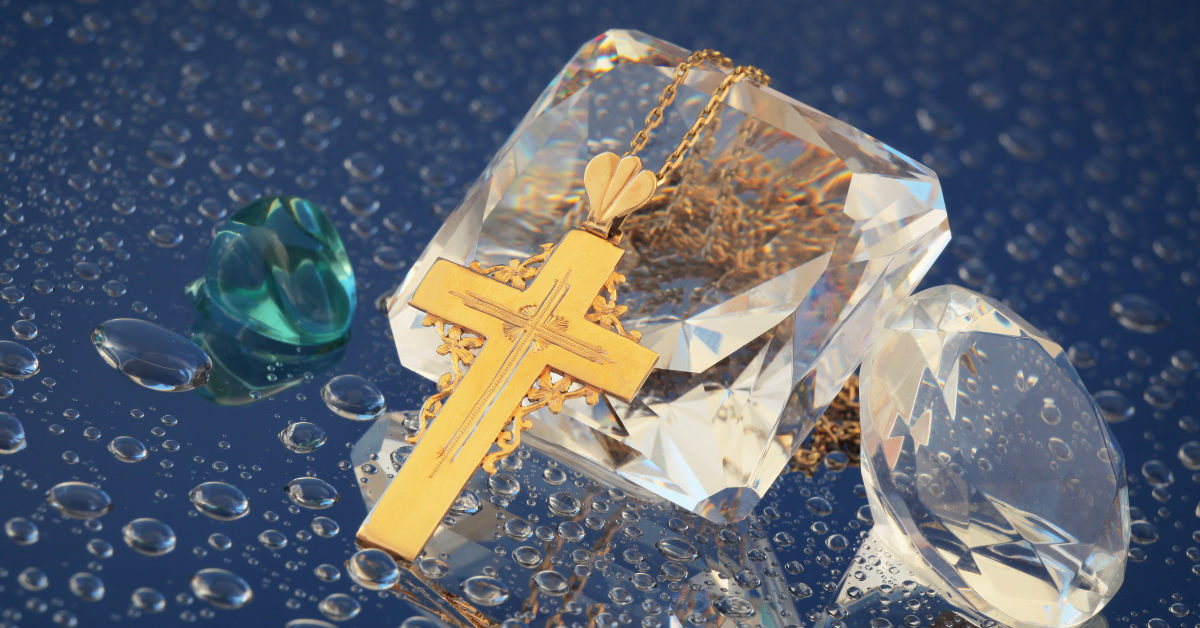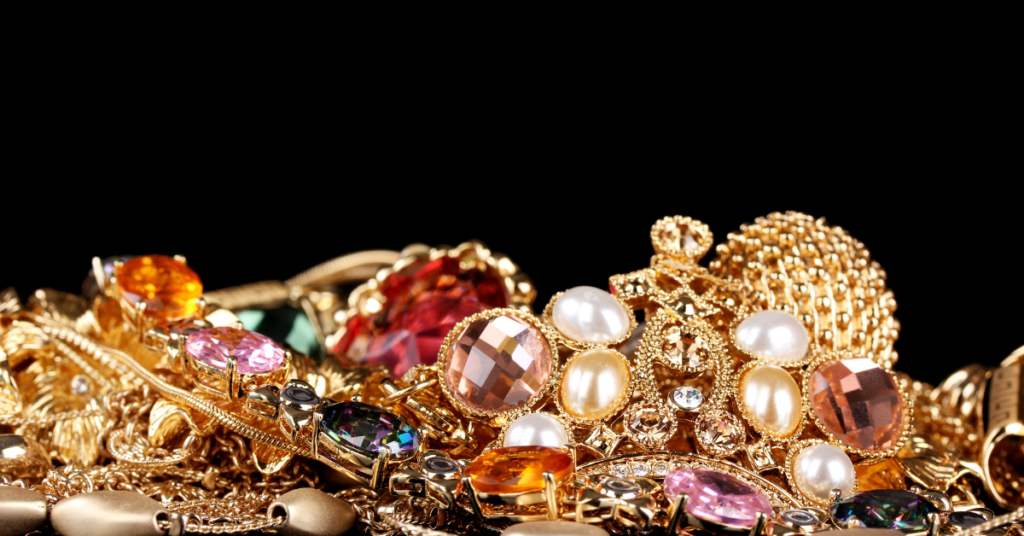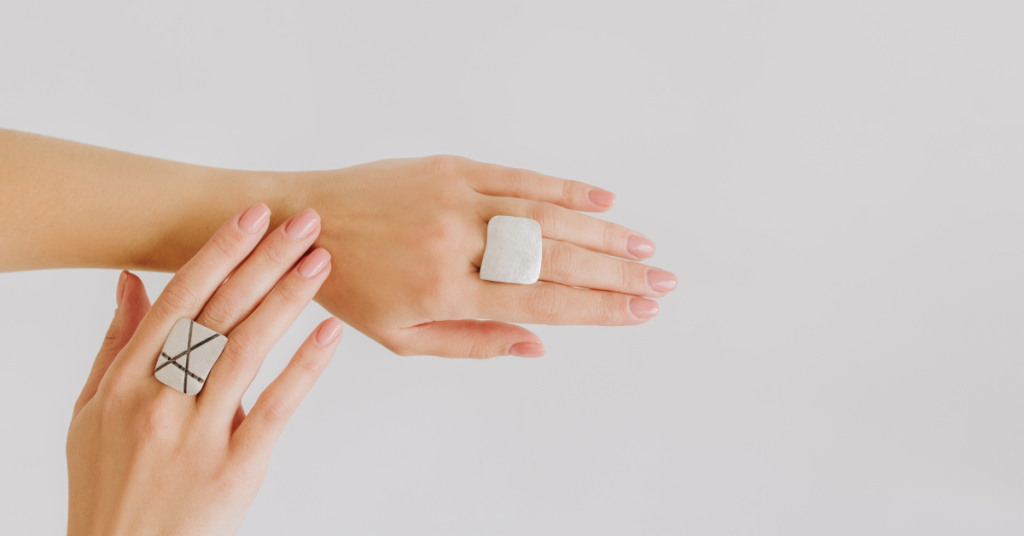Contact Details
Suite # 4, SG, Islamabad.
Email: bizplanshop@gmail.com
WhatsApp: +92-346-5000068
Contact Details
Suite # 4, SG, Islamabad.
Email: bizplanshop@gmail.com
WhatsApp: +92-346-5000068

Is vintage jewelry a good investment? Think about it: these pieces are not just pretty—they carry history and are rare. With trends changing constantly, vintage jewelry can be a smart investment. They are not just beautiful; they tell stories that collectors and investors love.
But before you dive in, there is a lot to consider. You need a sharp eye, knowledge of how the market moves, and an understanding of what makes each piece special.
This short blog post will discuss its value, trends, and what you need to know.

Vintage jewelry means old jewelry—usually at least 20 or 30 years old. It comes from different times, like the Victorian era or the 1950s. These pieces show how people made jewelry back then.
They are unique because they have their own style from that time. Vintage jewelry can be anything from rings to necklaces; each piece has its own story.
People like it because it’s rare, well-made, and sometimes connected to a famous designer or a specific historical period.
“Antique” refers to jewelry typically 100 years old or older, coming from much earlier times, like the Victorian or Edwardian eras.
On the other hand, “vintage” jewelry is usually at least 20 to 30 years old but below 100 years, from periods like the Art Deco era or even more recent times, like the 1980s.
Both antique and vintage jewelry have unique styles and historical significance, but the key difference lies in their age and the eras they represent.

Vintage jewelry emerged in the 20th century and spans from the Art Deco period (1920s–1930s), known for its geometric shapes and bold colours, to Mid-Century Modern (1940s–1960s) designs marked by sleek lines and futuristic motifs.
Later decades, like the Retro era (1935–1950s), showcased glamour and boldness in response to wartime austerity. Vintage jewelry captures the changing tastes and societal shifts throughout the 20th century, mirroring influences from art, fashion, and technological advancements.
Both antique and vintage jewelry hold stories of craftsmanship, societal values, and artistic evolution, making them prized treasures for collectors and enthusiasts.
Vintage jewelry is often regarded as a good investment for several compelling reasons.
Remember, while these points support the idea of vintage jewelry as an investment, it’s crucial to thoroughly consider authenticity, condition, and market demand before making any investment decisions.
There are several reasons why some might not consider vintage jewelry a good investment:
Investing in vintage jewelry requires careful consideration of these factors, a deep understanding of the market, and a willingness to accept potential risks and uncertainties.
Here are key considerations before investing in antiques or vintage jewelry:
Approaching antique and vintage jewelry investment with thorough research, caution, and a long-term perspective can help.

Predicting specific trends for a given year can be challenging, as fashion and style preferences can evolve rapidly. However, vintage jewelry has shown enduring appeal over the years due to its timeless elegance and unique characteristics.
Vintage styles often cycle in and out of mainstream fashion, with certain periods or designs experiencing revivals based on current trends and influences.
In 2024, vintage jewelry may remain relevant and appeal to individuals seeking distinctive pieces that stand out from mass-produced contemporary styles.
Elements from different eras might be incorporated into modern designs or worn as statement pieces, reflecting individual tastes and a desire for pieces with historical significance.
While precise predictions for fashion trends are uncertain, the enduring charm of vintage jewelry suggests that it will likely maintain a place in the style in 2024 and onward.
Investing in vintage jewelry presents a compelling blend of artistry, history, and potential financial gains. These pieces, steeped in unique stories and crafted with exceptional skill, offer more than mere adornment—they encapsulate the spirit of eras gone by.
While the market for vintage jewelry can be dynamic and occasionally unpredictable, its allure remains steadfast, drawing in collectors and investors alike.
Careful consideration of authenticity, condition, market trends, and personal preferences forms the cornerstone of a successful vintage jewelry investment.
Is vintage jewelry a good investment?
Vintage jewelry can be a good investment due to its rarity, historical significance, and potential for appreciation over time. However, market trends and conditions are crucial to its investment value.
What era of vintage jewelry is most valuable?
Certain eras, like the Art Deco period (1920s-1930s) and the Retro era (1935-1950s), are often considered valuable due to their unique designs and historical importance. However, the value varies based on the piece’s rarity and demand.
How do I authenticate vintage jewelry?
Authenticating vintage jewelry involves examining the maker’s marks, hallmarks, materials, and historical documentation. Consulting experts or appraisers specializing in vintage jewelry can help verify authenticity.
What factors affect the value of vintage jewelry?
The value of vintage jewelry is influenced by factors such as its rarity, condition, craftsmanship, materials used, historical significance, market demand, and current fashion trends.
Should I invest in vintage jewelry solely for its investment potential?
While vintage jewelry can be a valuable investment, considering personal preferences and appreciation for the piece’s historical and aesthetic value is important. Balance investment potential with enjoyment.
How do I store and maintain vintage jewelry?
Use soft cloth or specialized storage containers to prevent scratches. Regularly clean and inspect pieces for any signs of damage.
Are there risks associated with investing in vintage jewelry?
Yes, risks include market volatility, authenticity concerns, fluctuations in demand, and potential costs for maintenance and insurance. Research, due diligence, and consulting experts can help mitigate these risks.
What is the best way to sell vintage jewelry?
Vintage jewelry can be sold through auctions, specialized dealers, online marketplaces, or consignment shops. Consider the best platform based on the piece’s value and market demand.
Can I wear vintage jewelry while investing in it?
Yes, wearing vintage jewelry can be an enjoyable aspect of investing. Just ensure proper care and maintenance to preserve its value.
Is vintage jewelry part of a diversified investment portfolio?
Yes, vintage jewelry can be part of a diversified portfolio, offering a tangible asset with potential appreciation and adding diversity to investment holdings.